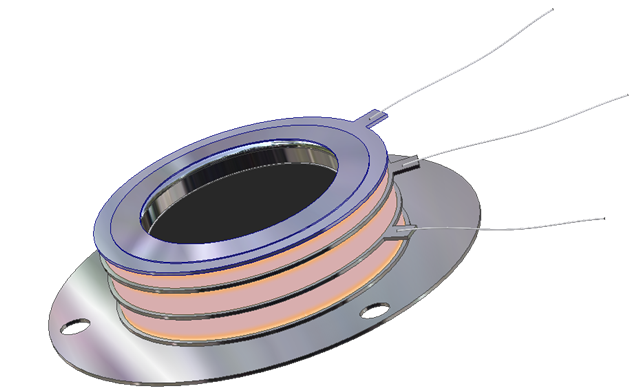Abstract. Absolute
single-particle detection efficiencies and pulse height distributions of a
cascaded microchannel plate (MCP) detector are reported for the ions
![]() ,
,
![]() ,
,
![]() ,
,
![]() and
and
![]() in the impact energy range 0 - 4.75 keV. The detection efficiencies have been
obtained using the photoelectron - photoion coincidence (PEPICO) technique
which allows the determination of detection efficiencies without knowledge of
the absolute ionization rate. The mean gain is found to increase with
increasing ion impact energy and decreasing ion mass. Depending on the ion
mass, the absolute detection efficiencies saturate above 2.5 keV and reach
about 63%.
in the impact energy range 0 - 4.75 keV. The detection efficiencies have been
obtained using the photoelectron - photoion coincidence (PEPICO) technique
which allows the determination of detection efficiencies without knowledge of
the absolute ionization rate. The mean gain is found to increase with
increasing ion impact energy and decreasing ion mass. Depending on the ion
mass, the absolute detection efficiencies saturate above 2.5 keV and reach
about 63%.
Print publication: Issue 4 (April 1997)
